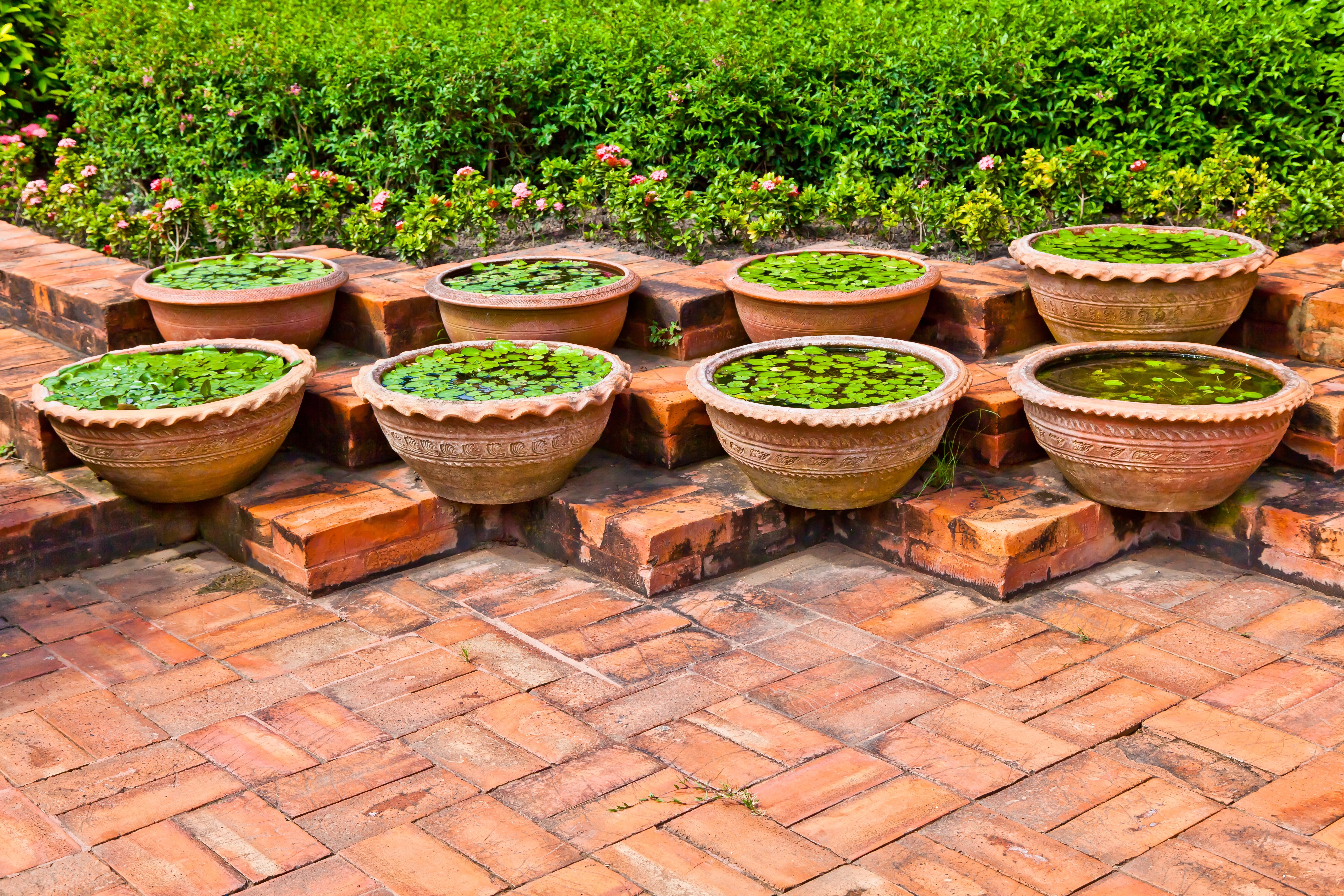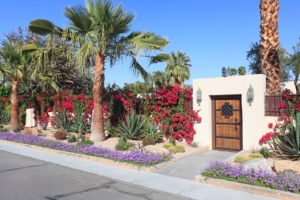Landscaping is an important part of any home and often the first impression we give others. A homeowner’s personality often defines the landscape design. As such, you want to keep your yard and flower beds in top shape.
Once planted, you may wonder about the most efficient way to maintain your perfect landscape. Is it possible to have everything you could hope for in an outdoor space without spending all your free time caring for and watering your new plants? Yes!
The use of native plants moves us beyond the daily watering and pruning some have come to expect.

Native Plants
Plants indigenous to your area are part of the answer. For centuries, these plants have existed alone on only what nature provides. Whether it is water from rainfall or soil in the forest, enriched by the seasons of leaves dropping to create a natural compost, native plants grow without human help or interference. Natural growth is easier to maintain in your yard with native plants. Adjusted to the conditions of your area, they adapt to weather patterns, soil, and rainfall, or lack thereof. Native plants can also eliminate the need for many soil amendments.
This doesn’t mean we need to include only native plants in our design, although they often are the backbone of the landscape. Exotic plants, acclimated to your specific area, may hold an important spot in your garden planning as well. Those spring blooms from bulbs that we all see as a sign of the new season are mostly exotics that have adapted to our climates. The favorite daylily that blooms in summer originated in Asia and has benefited from years of hybridization in the United States. We wouldn’t plant a landscape where these flowers and other exotics are not welcome. We should carefully choose which exotics to grow and not get bogged down with watering, feeding, and pruning.
Spring in the Eastern U.S. Landscape
The spring landscape relieves the winter doldrums in many areas. Trees, shrubs, and perennials bring color to what was just before a dull and barren view. Crocus pop colorful little blooms through a blanket of snow, while nearby Hellebores display the beautiful Lenten rose.
Your USDA Plant Hardiness Zone 7 spring climate encourages blooms of native trees such as the Eastern Redbud (native to the entire eastern side of the U.S.) and the flowering dogwood. The North Carolina Native Plant Society has several recommendations on all plant types specific to this area.
Summer Blossoms in the Rockies
Summer blooms brighten USDA Hardiness Zone 5, where native flowers display optimum blossoms in summer. Landscapes in mountainous areas of Colorado use low-care perennials, such as phlox, blanket flower, black-eyed Susan, Snapdragon, and Alyssum.
A local company in Colorado Springs, Timberline Landscaping, says: “During summer in Colorado you can plant quite a variety. Keep in mind tropical plants don’t do well here because we don’t get enough water to sustain them. Consider drought-tolerant plant material.” Drought-tolerant plant material is most often native plants. Some exotics, however, adapt to a low-water situation and may happily exist in the landscape with native specimens.
“Even if a site has a non-native landscape that requires additional inputs (such as an irrigated landscape on the plains), dry-land native plants can be used in non-irrigated pockets within the non-native landscape,” the expert from Timberline Landscaping adds. “These native “pocket gardens” can be located in areas such as median strips and next to hardscapes that are difficult to irrigate.”
Autumn Color on the Gulf Coast
The blazing red, bronze and yellow shades of native shrubs rejuvenate the fall landscape along the Gulf Coast and other areas drained of beauty by the summer heat. Shrub borders demonstrate three seasons of beauty in this climate. Mountain laurels, sweet shrubs, Azaleas, Rhododendron, and a variety of native shrubs can enliven your yard with little maintenance. Vaccinium pallidum, one of many native blueberries that grow there, offers spring blooms, summer fruit, a blaze of autumn color, and attractive, exfoliating bark in winter.
How To Break the Cycle of Daily Watering
The best way to stop the cycle of daily watering is not to start. New plantings need water until they become established with a good root system. Water deeply to encourage roots to grow downward. Frequent, shallow watering encourages roots to grow up, looking for a drink. Downward root growth strengthens the plant, increasing beauty, health, and longevity. After the first year, most native plants flourish in regular rainfall. Be sure to water during times of drought conditions.
Wherever you live, there are native plants you can grow with limited care and little additional water. Many landscape designs today include native plants. They perform well, resist drought and disease, and last for many years. Ask a professional landscaper about which native plants grow well in your area.
It is often best to use a professional for your entire design and installation. Not only does this save you time, but it can also save water in the future. You’ll want excellent communication with this professional so that your wishes and desires for a low-maintenance landscape on your property are thoroughly understood and implemented.
Nature is on your side
If you want to grow some of those high-maintenance ornamental exotics, devote a section of the landscape to them. Make sure it is near the hose hookup or where a good sprinkler system is in place. Another perk of planting native greenery is you get your summer back! Less time tending to the plants and more time for fun in the sun is always worth the extra effort of planning ahead for your landscape.

